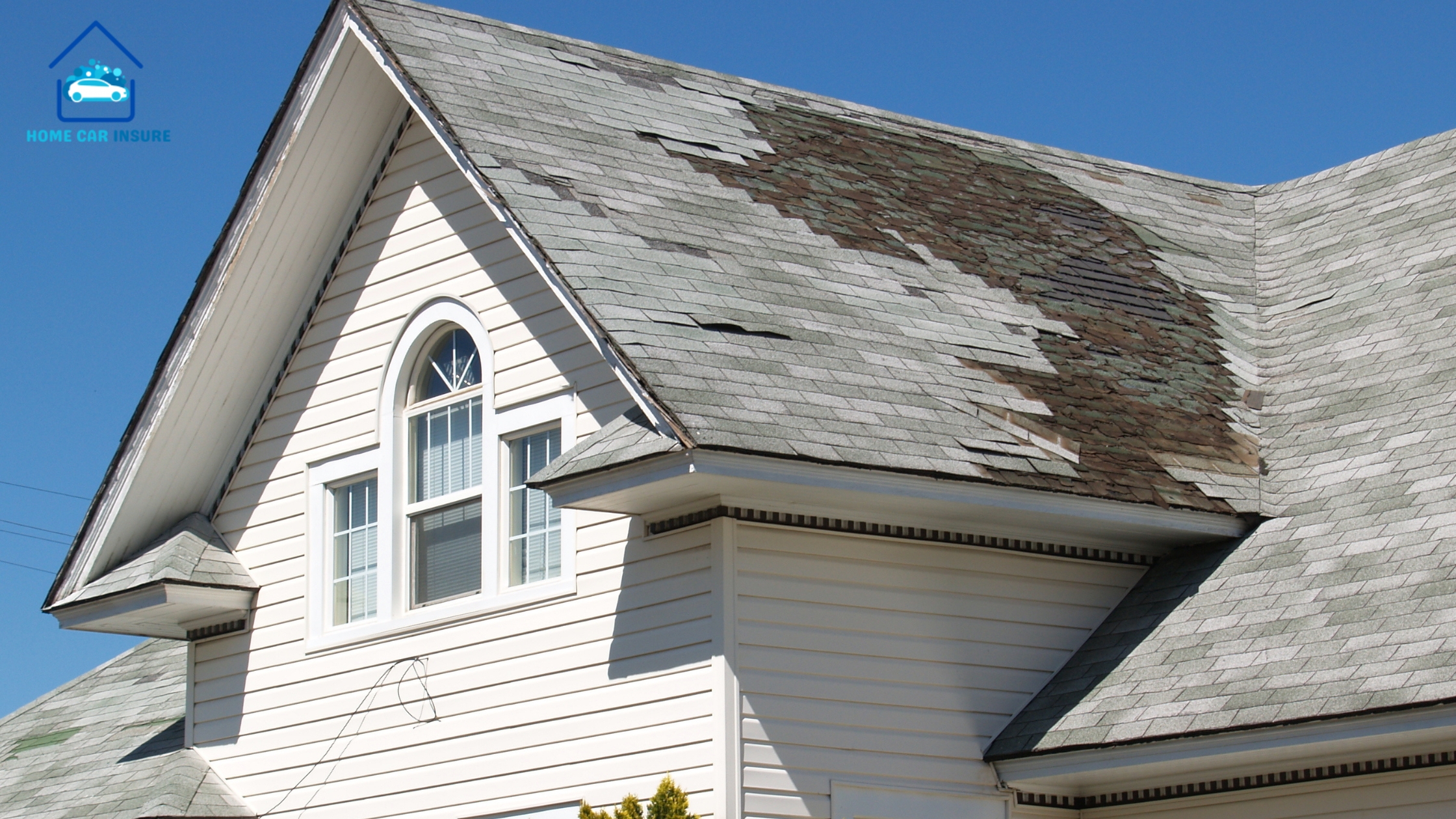When heavy snowfall occurs, the question arises: does homeowners insurance cover roof collapse from snow? The answer, in most cases, is yes. Homeowners insurance typically includes coverage for damages caused by the weight of snow, ice, or sleet.
Coverage Aspects:
- Dwelling Coverage: This part of your policy is designed to cover repairs to the structure of your home, including the roof. For instance, if a heavy snowstorm causes your roof to cave in, the repair costs for the roof and any associated structural damage would generally be covered.
- Personal Property Coverage: This applies to damages to your belongings inside the home. For example, if a roof collapse leads to snow and ice entering your attic, damaging stored items, your policy would likely cover the cost of replacing these items.
- Loss of Use Coverage: In more severe cases, where a roof collapse renders your home uninhabitable, this coverage would help with additional living expenses. This might include hotel stays or rental costs during home repairs.
Important Factors Influencing Coverage
Your insurance coverage for roof collapse due to snow is contingent on several factors:
- Condition of the Roof: If your roof was already in a state of disrepair or poorly maintained, insurers may deny your claim. For example, a roof weakened by age or previous damage may not be covered if it collapses under snow.
- Policy Exclusions: Some policies have specific exclusions, so it’s crucial to understand the details of your individual policy.
- Preventive Measures: Regular maintenance, such as clearing snow accumulation or addressing minor repairs before they become major issues, is often a requirement for coverage.
Data and Examples
- Roof Weight Capacity: According to the Insurance Institute for Business & Home Safety, most roofs can withstand up to 20 pounds per square foot of snow before showing signs of distress.
- Cost of Roof Repairs: The cost for roof repairs can be substantial. For example, full roof replacements have an average cost of about $10,000, as reported by the Department of Energy.
- Preventive Maintenance Costs: The cost of preventive measures like professional snow removal can range from $300 to $700.
Read: Does Homeowners Insurance Cover Melted Siding? The Details
Prevention: Key to Minimizing Risk and Ensuring Coverage
Preventing roof collapse due to snow involves regular maintenance and proactive measures, especially in the months leading up to winter.
Essential Preventive Measures:
- Gutter Maintenance: Keeping gutters clear ensures that melting snow can drain properly, reducing the weight on your roof.
- Attic Insulation: Proper attic insulation can prevent heat loss, reducing the risk of ice dams which can exacerbate roof stress.
- Regular Roof Inspections: Look for warning signs such as sagging, which could indicate potential for collapse.
Cost-Effective Prevention:
Engaging in these preventive measures can be far more cost-effective than dealing with the aftermath of a roof collapse. Regular maintenance can prevent severe damage and the associated high costs of repair or replacement.
Understanding the Financial Aspect of Roof Collapse
Insurance Coverage
Homeowners insurance typically covers roof damage, including collapse, caused by snow. This coverage extends to related ceiling damage and issues arising from ice dams. However, the specifics of coverage can vary based on your policy details.
Exclusions and Limitations
Coverage might be denied if the roof collapse is due to wear and tear, poor maintenance, or pre-existing damage. It’s important to maintain your roof’s condition to ensure eligibility for insurance claims in case of a collapse due to snow.
Cost of Repairs
The cost of roof repairs or replacement can be significant. For instance, full roof replacements average around $10,000. Insurance may cover these costs, depending on your policy and the nature of the damage.
Snow Removal Costs
Professional snow removal costs can range from $250 to $500, depending on various factors such as roof size, snow accumulation, and accessibility. These costs can be higher for complex jobs or in regions with heavy snowfall.
Advanced Preventive Measures
To minimize the risk of roof collapse and potential insurance claim denials, consider the following advanced preventative strategies:
- Regular Maintenance and Inspections: Annual maintenance and post-storm inspections are crucial. This helps in identifying and addressing potential weak points on your roof.
- Insulating and Ventilating the Attic: Proper attic insulation and ventilation prevent uneven melting and refreezing of snow, reducing the risk of ice dams and subsequent roof damage.
- Pruning Trees and Cleaning Gutters: Remove dead branches and keep gutters clear to prevent added stress on the roof structure.
- Monitoring Snowfall: Be aware of the snow load on your roof. The weight of average snow is around 15 pounds per cubic foot. Excessive accumulation can significantly increase the load on your roof.
- Professional Snow Removal: If the snow load exceeds safe limits, hiring professionals for snow removal is advisable. They possess the necessary expertise and equipment to safely remove snow without damaging the roof.
- Ensuring Proper Drainage: Directing downspouts away from the house and ensuring good drainage can prevent water accumulation and potential damage during snow melting periods.
- Insulating Pipes: To prevent freezing and bursting, insulate exposed pipes, especially in colder areas of the house.
Final Words
The financial implications of roof collapse due to snow can be significant, but with the right insurance coverage and proactive maintenance strategies, you can safeguard your home and finances. Regular inspections, adequate insulation, and professional snow removal are key to preventing roof collapse and ensuring insurance coverage in the event of damage. It’s also crucial to understand your insurance policy thoroughly and to maintain your home effectively to avoid denied claims due to negligence or maintenance issues.




